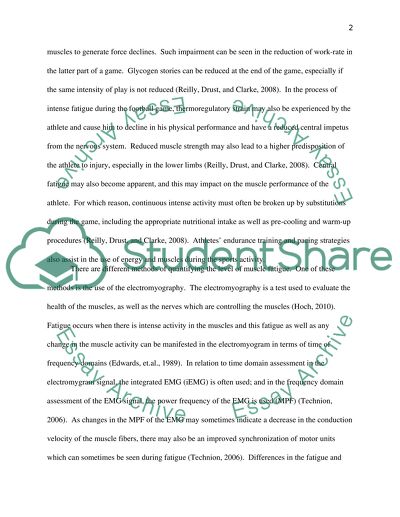Impact of Muscle Fatique to Sport Performance Essay. Retrieved from https://studentshare.org/health-sciences-medicine/1439919-what-is-the-impact-of-muscle-fatigue-to-sport
Impact of Muscle Fatique to Sport Performance Essay. https://studentshare.org/health-sciences-medicine/1439919-what-is-the-impact-of-muscle-fatigue-to-sport.


